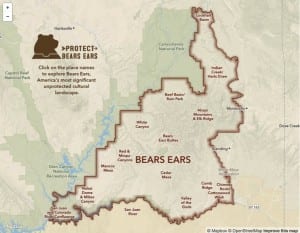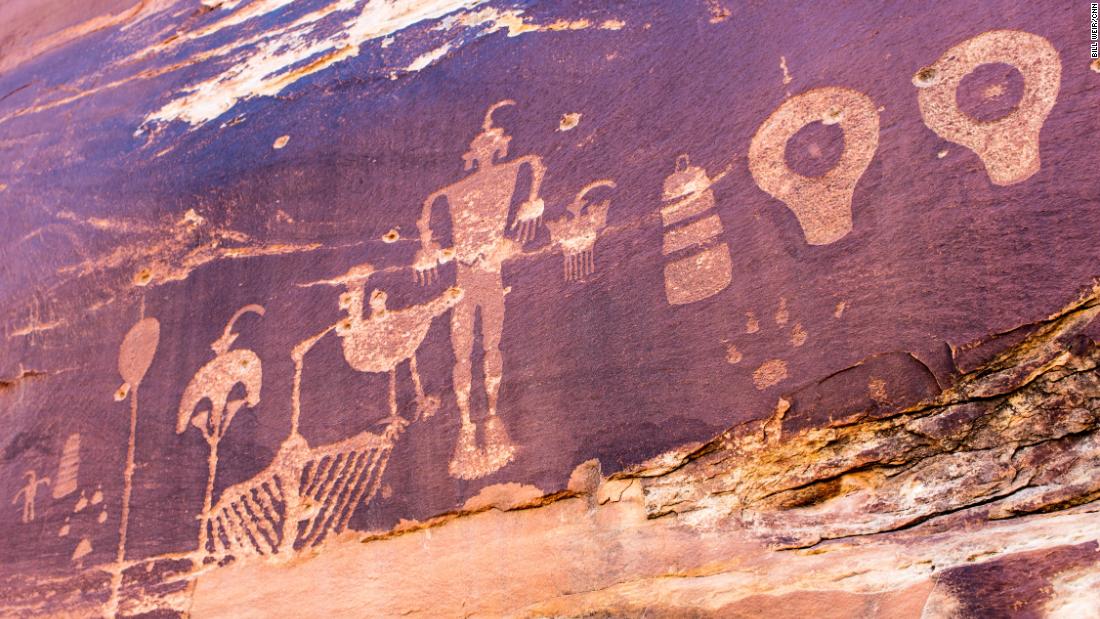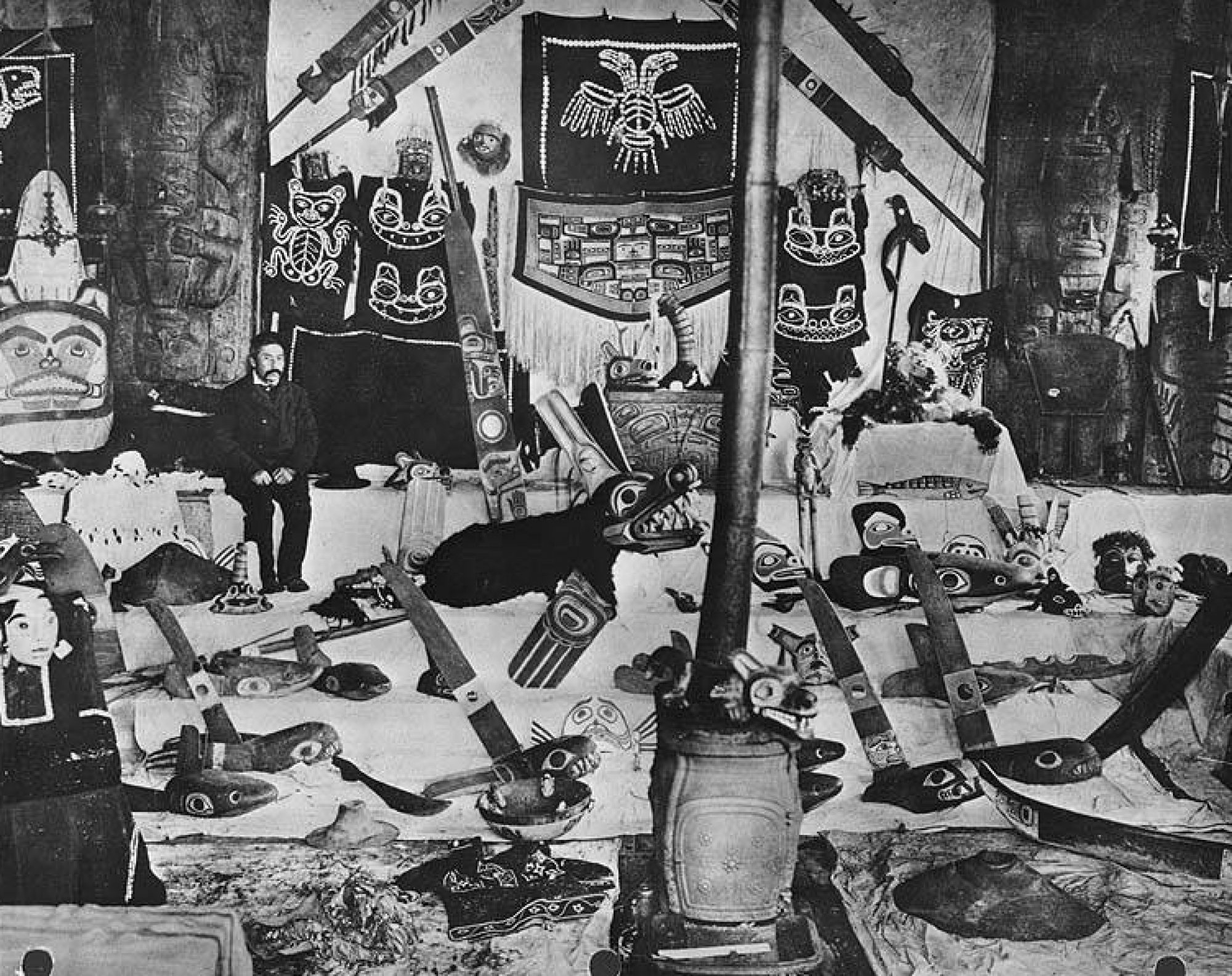Biographical Timeline | Leadership Qualities | Bear Ears National Monument | References
President Trump recently announced to reduce the size of the Bear Ears National Monument and the Staircase-Escalante National Monument in Utah by 85 percent. On December 4th, 2017, Trump gave back about two million acres of land back to the local officials. This will open the sacred Native American lands and forested highlands to oil and gas drillers, coal and uranium miners, and to build more roads. By doing so, Trump pleased small government and business proponents in Utah. The ancient artworks at Bear Ears National Monument will be destroyed along with the area’s ancient Native American petroglyphs. Bears Ears holds great cultural significance to the Navajo and Hopi tribes, as well as the Zuni Pueblo, the Ute Mountain Ute, and the Southern Ute tribes. This reduction represents the largest decrease of federal land protection in US history and could threaten the area’s tribal culture.

The monuments were preserved under the efforts of President Obama and President Clinton, but these efforts will be erased due to the reductions signed by President Trump. The monuments in Southern Utah have long been opposed by state leaders. Obama and Clinton created them under the Antiquities Act, which gives presidents authority to unilaterally protect any federally owned area from development, with few restrictions. President Obama said the monuments were meant to safeguard “important cultural treasures, including abundant rock art, archaeological sites, and lands considered sacred by Native American tribes.” Though Trump disagrees with that and thinks that the past democratic administrations have severely abused the purpose of the century-old law, Antiquities Act.

Although Trump’s actions can expand the economy, he faced immediate backlash from environmentalists and American Indian tribes who say his actions threaten sensitive and culturally significant areas. Bear Ears houses some of the oldest Native American rock paintings and engravings. All of which are very fragile and without the protection of the government, they will be destroyed. Many Native Americans believe that their heritage is traded for short term corporate profits. A group of five native tribes along with 13 environmental organizations have filed suit against the Trump administration to protect these monuments. Legal experts say that the Antiquities Act gives presidents authority to create national monuments, but does not give them the power to cut or abolish them altogether. Boundaries of national monuments have been modified more than 80 times since congress created the Antiquities Act and no group has fought against it in court, so this will the be first time.
Even though majority of Native Americans and environmentalists are against Trump’s actions, there are still a handful of Native Americans who applaud Trump’s move. About two percent of Navajo’s are in support of Trump’s administration to slash the monuments. The southeastern part of Utah has about 31 percent poverty rate and a median income about 24 percent lower than the national average. The believe that by wiping out the monuments, more job opportunities would be available through cattle farming, ranching, mining, and logging.

If Carl Gorman were still alive today, he would certainly not stand for their scared land to be given back to the government for economic gain. He would stand by his tribe and environmentalists to protest Trump’s actions. Gorman would use his status as a prominent artist and professor at UC Davis to speak out against the stolen land. This assumption is speculated because Gorman was a Indian artist himself. After World War II, Carl attended Otis Art Institute in Los Angeles, California. He was a proud Navajo who used his art to express and showcase his history and traditions. Throughout the rest of his life, he continued to paint. His interests with Navajo culture led him to manage the Navajo Arts and Craft Guild and Direct the Native Healing Sciences with the Navajo Nation. Gorman also became a professor at University of California Davis focusing on Native Art. It can be seen that throughout his life, whether it was during WWII or post-war, he was a proud Navajo. His interests in art was also clear. With that being said, because of his love of art and cultural appreciation, he wouldn’t want Bear Ears National Monument to be decreased by 85%. With him being an art lover, he certainly would not want the ancient rock work and history to be destroyed. He would hope they can be preserved and appreciated forever.
